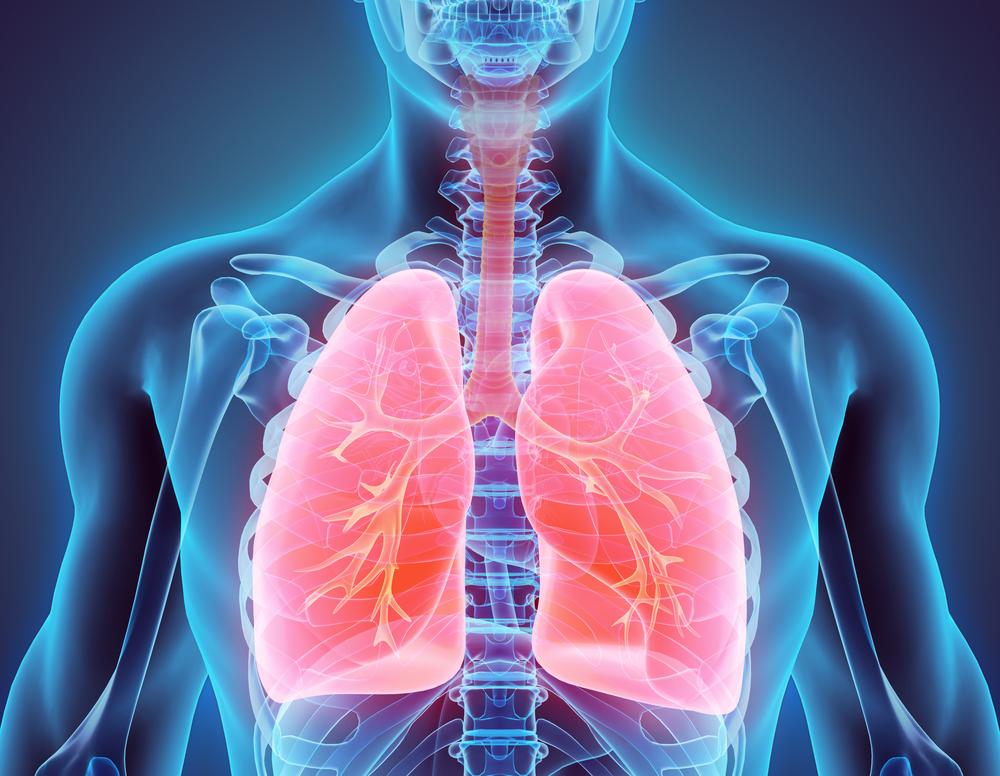Comprehensive Guide to Lung Cancer Types and Treatment Options
This comprehensive guide explores the various types of lung cancer, including non-small cell and small cell variants, highlighting their unique features and treatment options. It emphasizes the importance of early detection and personalized care strategies. Advances in targeted therapy and immunotherapy are transforming lung cancer management, offering new hope and improved survival rates for patients. Understanding these distinctions can empower patients and caregivers to make informed decisions and seek appropriate treatment promptly, ultimately enhancing treatment outcomes and quality of life.

Comprehensive Guide to Lung Cancer Types and Treatment Options
Lung cancer remains one of the most common and deadly cancers worldwide, posing significant challenges for diagnosis and treatment. Understanding the various types of lung cancer and the corresponding treatment strategies is crucial for patients, families, and healthcare providers to make informed decisions and improve outcomes.
Types of Lung Cancer
There are primarily two broad categories of lung cancer: Non-small cell lung cancer (NSCLC) and small cell lung cancer (SCLC). Each type differs significantly in its biological behavior, progression, treatment response, and prognosis. Accurate diagnosis is essential to determine the most effective treatment plan tailored to each patient's specific condition.
Non-small Cell Lung Cancer (NSCLC)
NSCLC accounts for approximately 85% of all lung cancer cases, making it the most prevalent form. It encompasses three main subtypes: adenocarcinomas, squamous cell carcinomas, and large cell carcinomas. These subtypes differ in their cellular origin, growth patterns, and response to treatments. Most cases of NSCLC develop slowly and often originate in the outer regions of the lungs, although they can appear anywhere within the lungs. While smoking remains a significant risk factor, particularly for squamous cell carcinomas, a notable percentage of adenocarcinoma cases occur in non-smokers, emphasizing other potential causes such as environmental exposures and genetic predispositions.
Adenocarcinomas tend to grow at a slower pace compared to other NSCLC types and are often diagnosed at an early stage, increasing the chances of successful surgical removal. Squamous cell carcinomas typically develop centrally, near the bronchi, and may cause symptoms like coughing and bleeding early on. Large cell carcinomas are less common and characterized by rapid growth, often spreading quickly to other parts of the body.
Treatment approaches for NSCLC depend on the stage and location of the tumor. Early-stage NSCLC may be managed effectively with surgical resection, potentially allowing for a complete cure. For more advanced stages, combined modalities like chemotherapy, radiation therapy, targeted therapy, and immunotherapy are employed to control disease progression, relieve symptoms, and improve quality of life.
Small Cell Lung Cancer (SCLC)
SCLC accounts for approximately 15% of lung cancers and is renowned for its aggressive nature and rapid progression. It is typically diagnosed at an advanced stage because early symptoms are often mistaken for less serious respiratory issues. SCLC is strongly associated with cigarette smoking and often metastasizes quickly to distant organs, including the brain, liver, and bones.
The hallmark of SCLC treatment is chemotherapy combined with radiation therapy. Chemotherapy remains the mainstay because of its effectiveness against rapidly dividing cells. Patients with early-stage SCLC might benefit from concurrent chemoradiation to achieve better control of the primary tumor and reduce the risk of recurrence. For extensive-stage disease, systemic chemotherapy is often the only viable option, with palliative care focused on symptom relief and improving life quality. In some cases, prophylactic cranial irradiation (PCI) is used to prevent metastases in the brain, common in SCLC.
Metastatic Lung Cancer (Stage IV)
When lung cancer spreads beyond the chest and regional lymph nodes to other parts of the body, it is classified as metastatic or Stage IV. This stage typically indicates an advanced, difficult-to-treat disease with a generally poor prognosis. The survival rate is limited, with an estimated average survival time of around eight months following diagnosis.
Patients diagnosed at this stage are usually offered systemic treatments such as chemotherapy, targeted therapy, and immunotherapy aimed at controlling symptoms and prolonging survival. The choice of therapy depends on several factors including molecular markers, patient's overall health, and personal preferences. Palliative care plays a vital role in improving quality of life, managing pain, and alleviating other symptoms.
The decision to pursue aggressive treatments versus focusing on comfort and support is highly individualized, emphasizing the importance of shared decision-making between patients and their healthcare team. Recent advancements in targeted therapies and immunotherapies offer new hope, transforming the outlook for some patients with metastatic lung cancer.
Conclusion
Understanding the different types of lung cancer and their respective treatment strategies is fundamental for patients facing this challenging disease. Early detection and diagnosis significantly increase the chances of successful treatment, especially for NSCLC. Advances in medical research continue to improve survival rates and quality of life, particularly through personalized medicine approaches such as targeted therapies and immunotherapies. Patients should work closely with multidisciplinary healthcare teams to develop tailored treatment plans that align with their health status and personal wishes, ensuring they receive optimal care tailored to their unique circumstances. Awareness, early diagnosis, and innovative treatments are paving the way toward more effective management of lung cancer, offering hope to many affected individuals.





